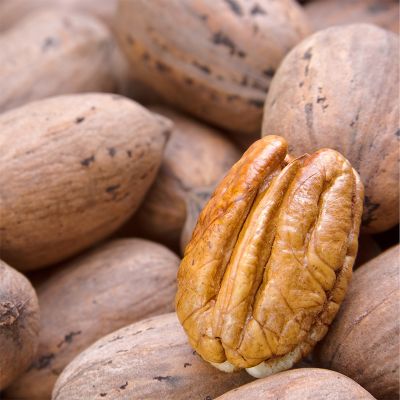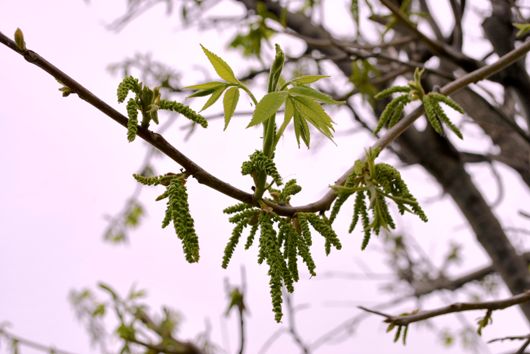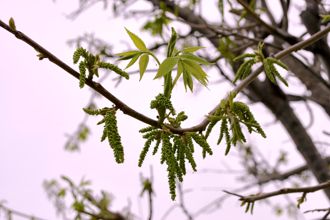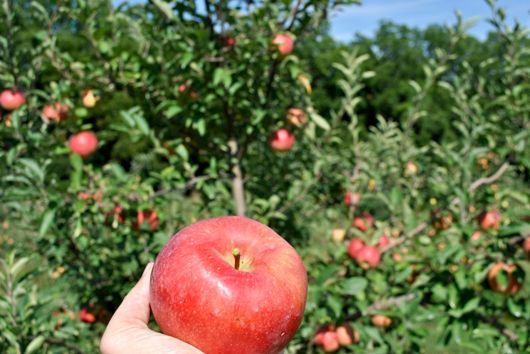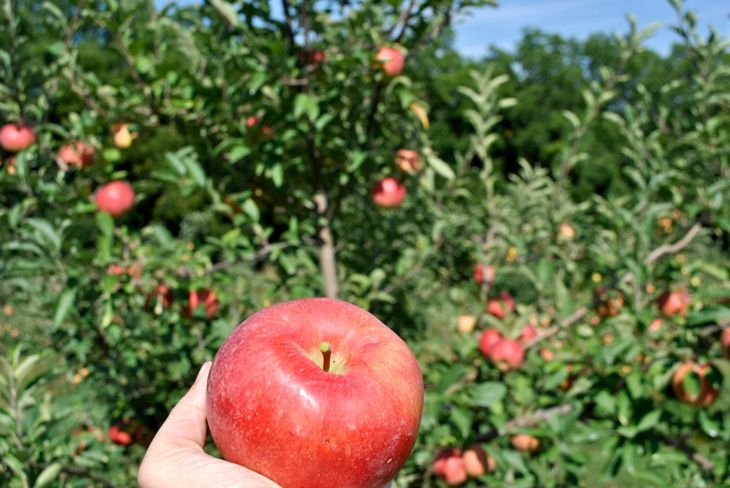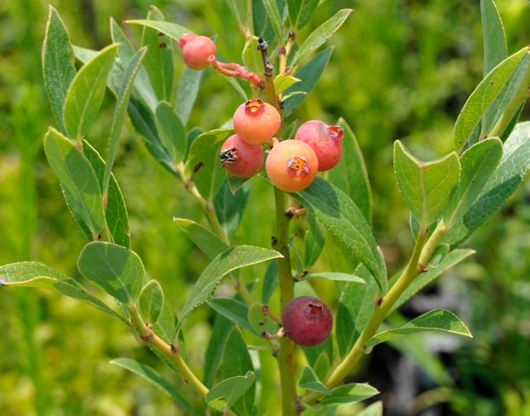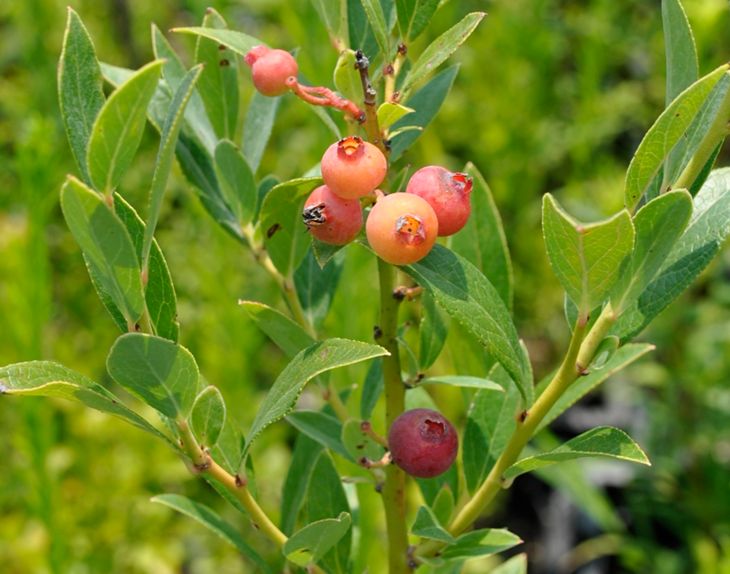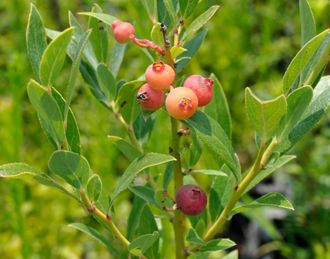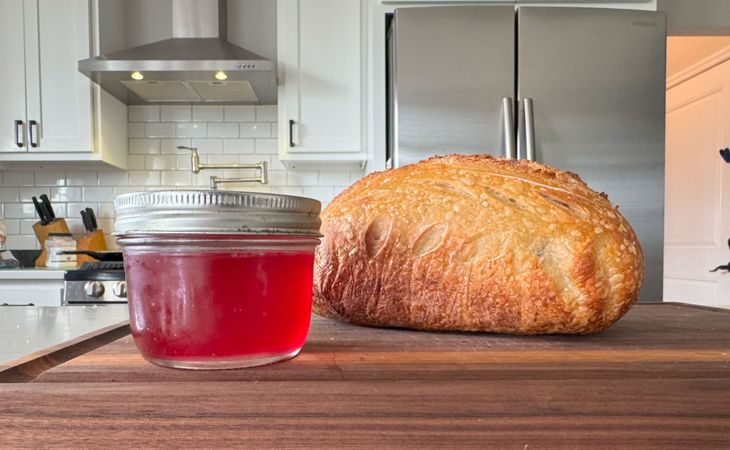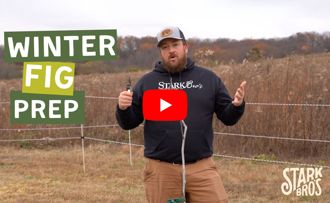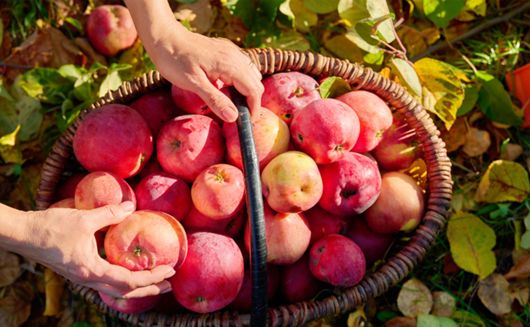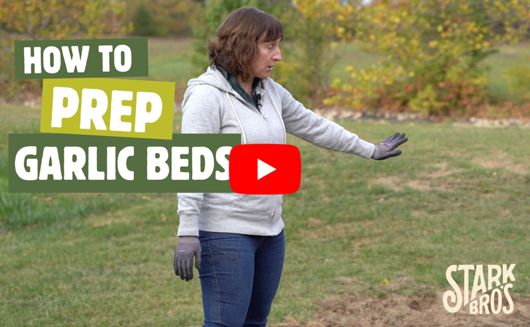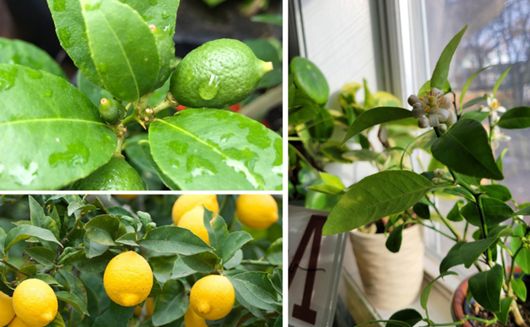Nut Trees: How Many Years Until Harvest?
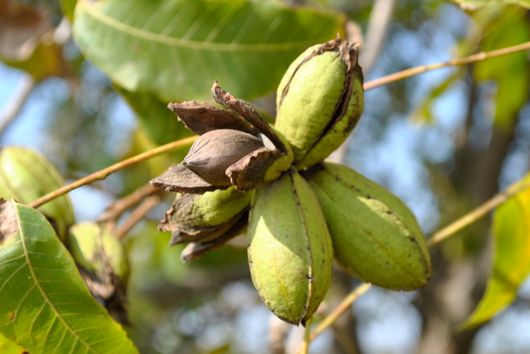
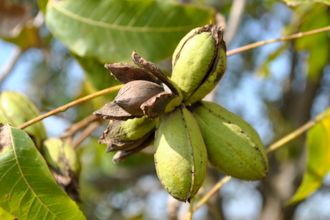
Nut trees are wonderful, multi-purpose additions to your landscape, providing shade, increasing property value, and yielding delicious edible nuts. While many nut trees continue to bear for decades, one common question is: how long does it take for nut trees to start producing?
Providing shade, which is helpful in cutting cooling costs, increasing property value and, of course, they yielding edible nuts. Many nut trees also continue to bear for decades, so the fruits of your labor can be enjoyed for generations.
The answer depends on the tree type, as some bear fruit sooner than others. We’ve compiled a guide to help you understand the average time each tree takes to mature and start producing nuts.
We've broken it down by nut tree type for your convenience. Whether the tree you are planting is a seedling or a grafted tree is also a determining factor in how many years it takes to harvest your first nut crops. Take a look.
Years Until Harvest by Nut Tree Type
Stark Bro's nut trees are shipped at 1-2 years of age, and "Years Until Harvest" starts after planting in your growing space. Below is a summary of average years until harvest:
| Nut Tree Types | Years Until Harvest |
| Almond Trees | 2-4 years |
| Black Walnut Trees (Grafted) | 4-5 years |
| Black Walnut Trees (Seedling) | 4-7 years |
| Butternut Trees | 2-3 years |
| Chestnut Trees | 3-5 years |
| English Walnut Trees (Grafted) | 4-5 years |
| English Walnut Trees (Seedling) | 4-7 years |
| Filbert-Hazelnut Trees | 6-8+ years |
| Heartnut Trees (Grafted) | 3-6 years |
| Heartnut Trees (Seedling) | 3-5+ years |
| Hickory Nut Trees | 8-10 years |
| Pecan Trees (Grafted) | 4-8 years |
| Pecan Trees (Seedling) | 10+ years |
The years listed are averages. Some nut trees may bear sooner or later depending on weather and climate conditions. If your tree isn’t bearing as expected, check out this blog post on blooming and bearing problems since similar issues can affect nut trees.
-We also recommend contacting your local county cooperative extension for more local advice.

Quick-Yield Nut Trees
If you're looking for a quick yield, consider walnut, butternut, or heartnut trees. They produce earlier compared to pecan and filbert-hazelnut trees, which take a bit longer but are well worth the wait. Meanwhile, you’ll enjoy the beauty these trees add to your landscape.
Space Considerations
Most nut trees require a good deal of space as they mature. If you have the room, larger nut trees can make a stately addition to your landscape. However, if space is limited, you can still grow nut trees!
- Almond trees are another great option, reaching an average of 15 feet. They even thrive in containers, making them suitable for patios or smaller gardens. Plus, almond trees are some of the most early-bearing nut trees available, offering a quicker harvest.
- Filbert-hazelnut trees mature under 20 feet and can be pruned to maintain a smaller size.
Nut trees are a rewarding addition to your garden, offering both beauty and sustenance. With patience, you'll be able to enjoy fresh nuts year after year, and the timeline will vary depending on the type of nut tree you choose. Whether you’re looking for quick yields or planning for the future, there’s a nut tree suitable for every landscape.
Grow Your Own Nut Trees
Learn more about nut trees:
Learn about how long it takes for fruit trees and berry plants to bear fruit:
- Article Categories:
- Fall Gardening



